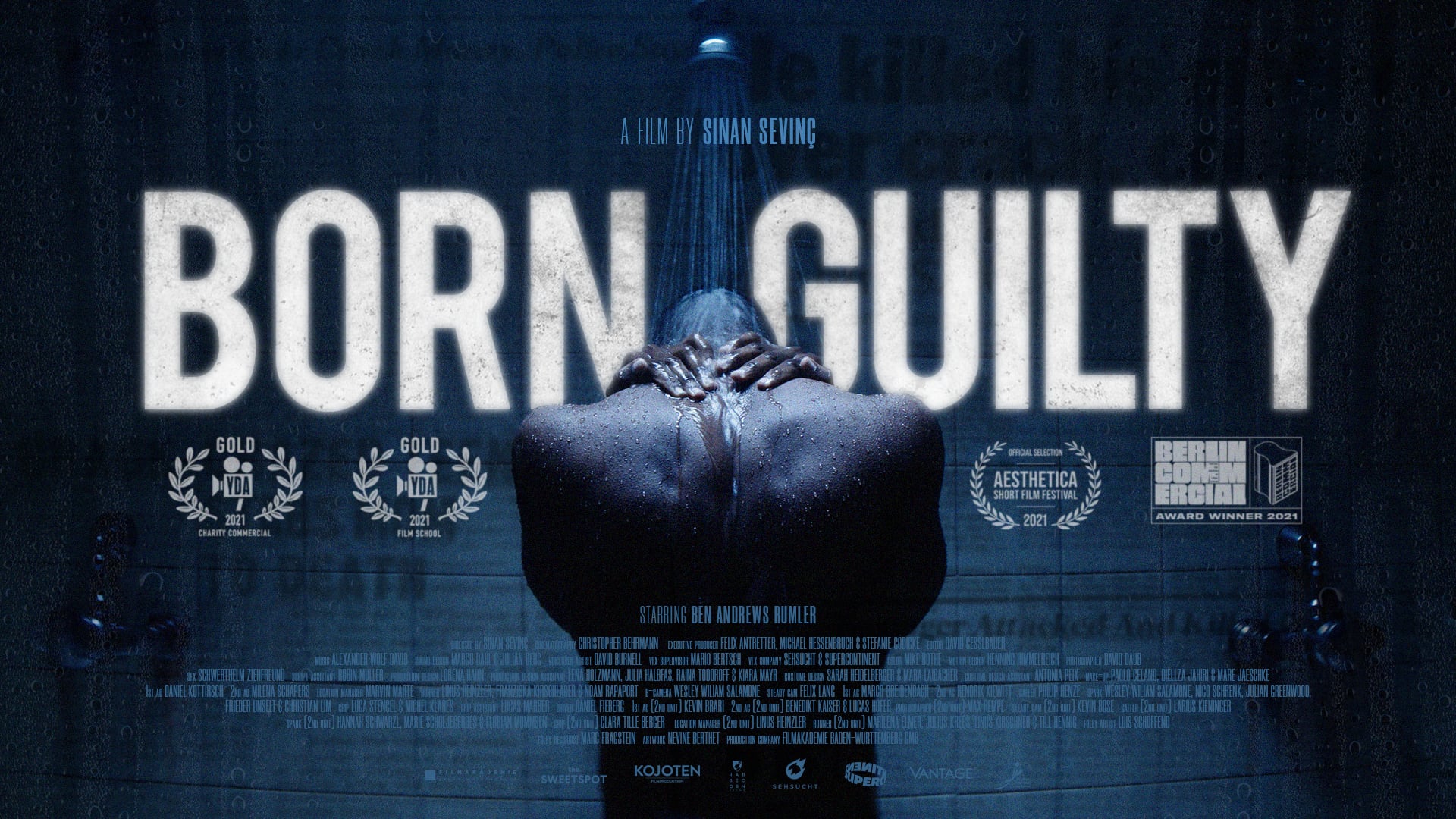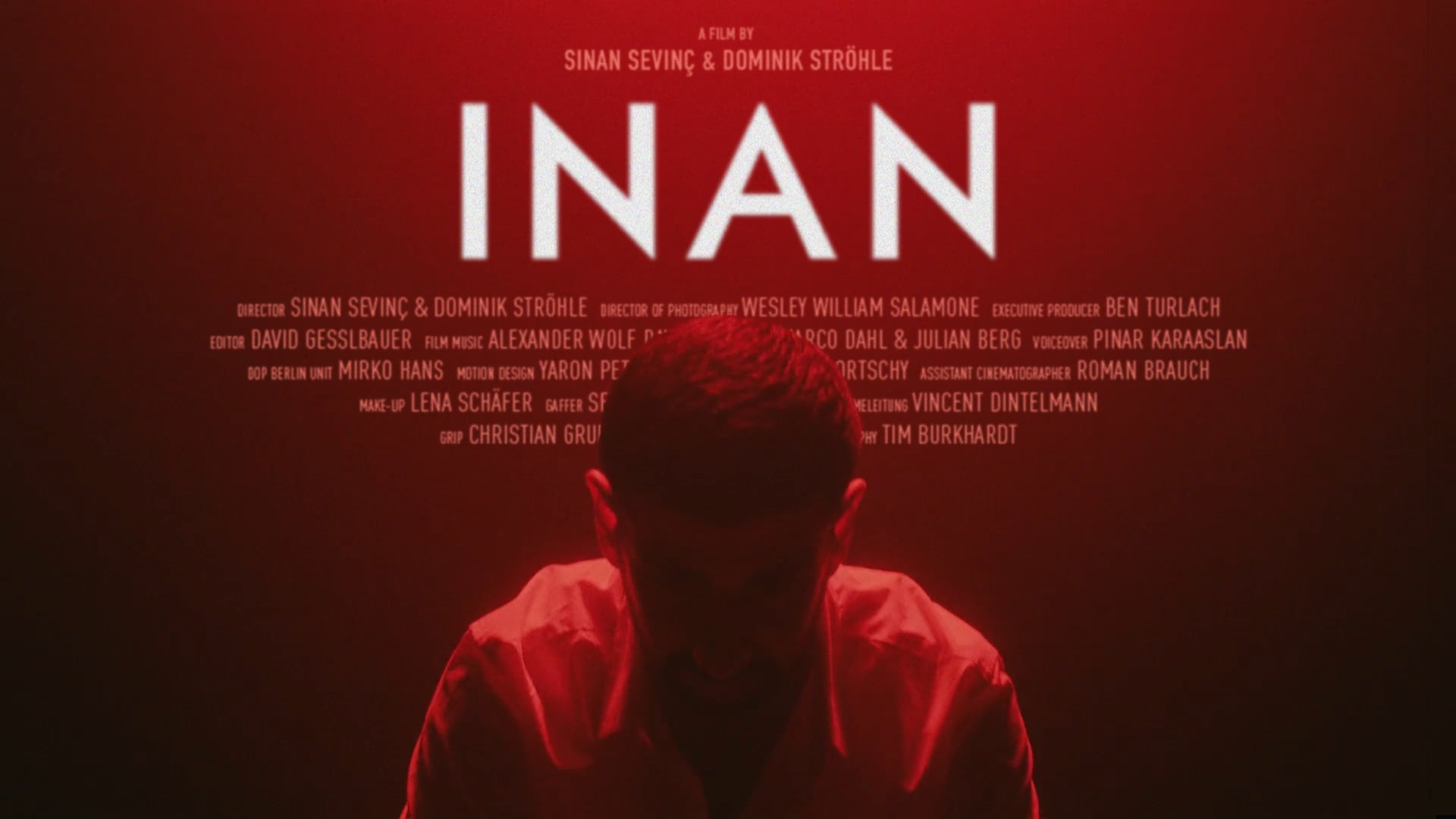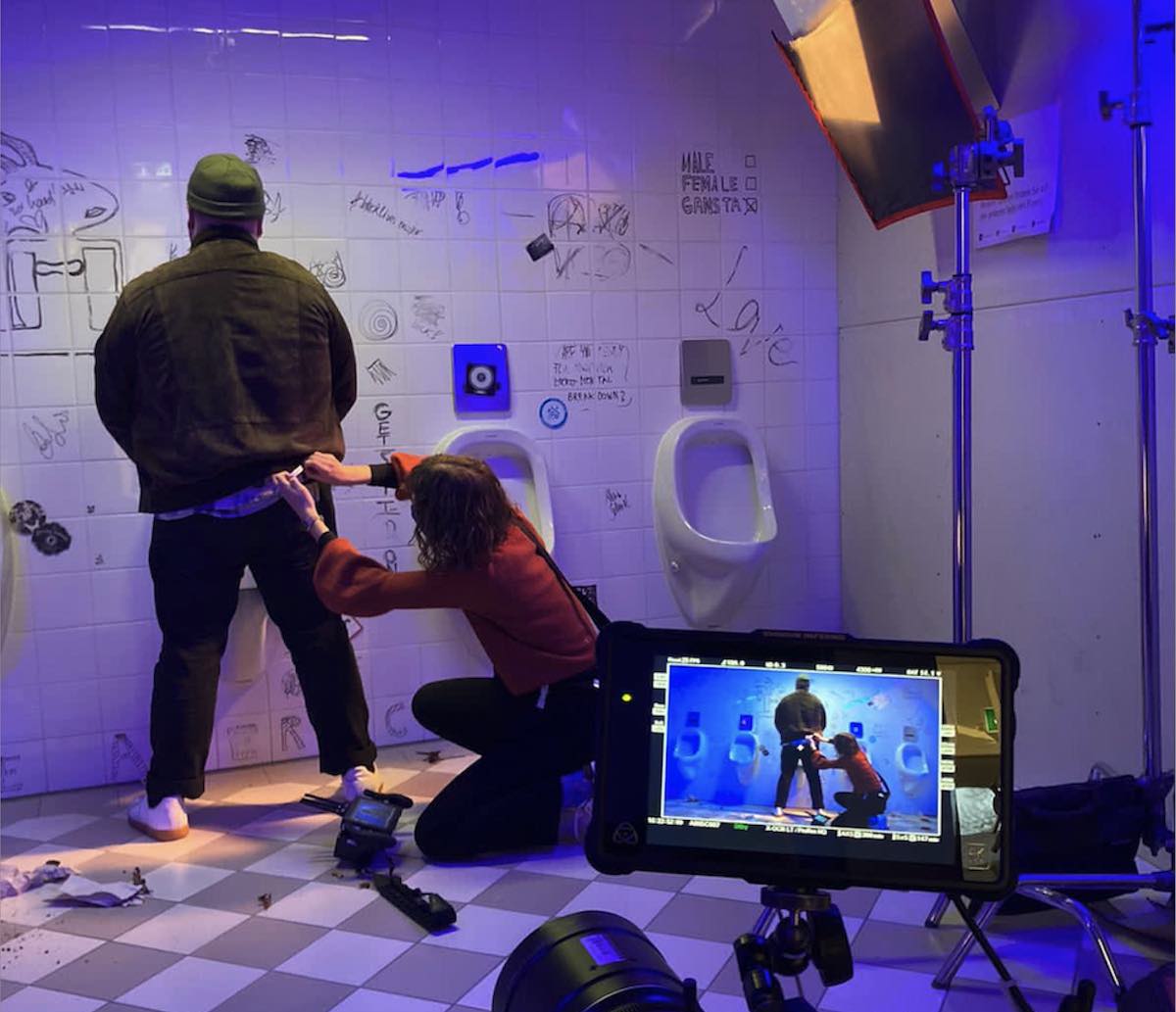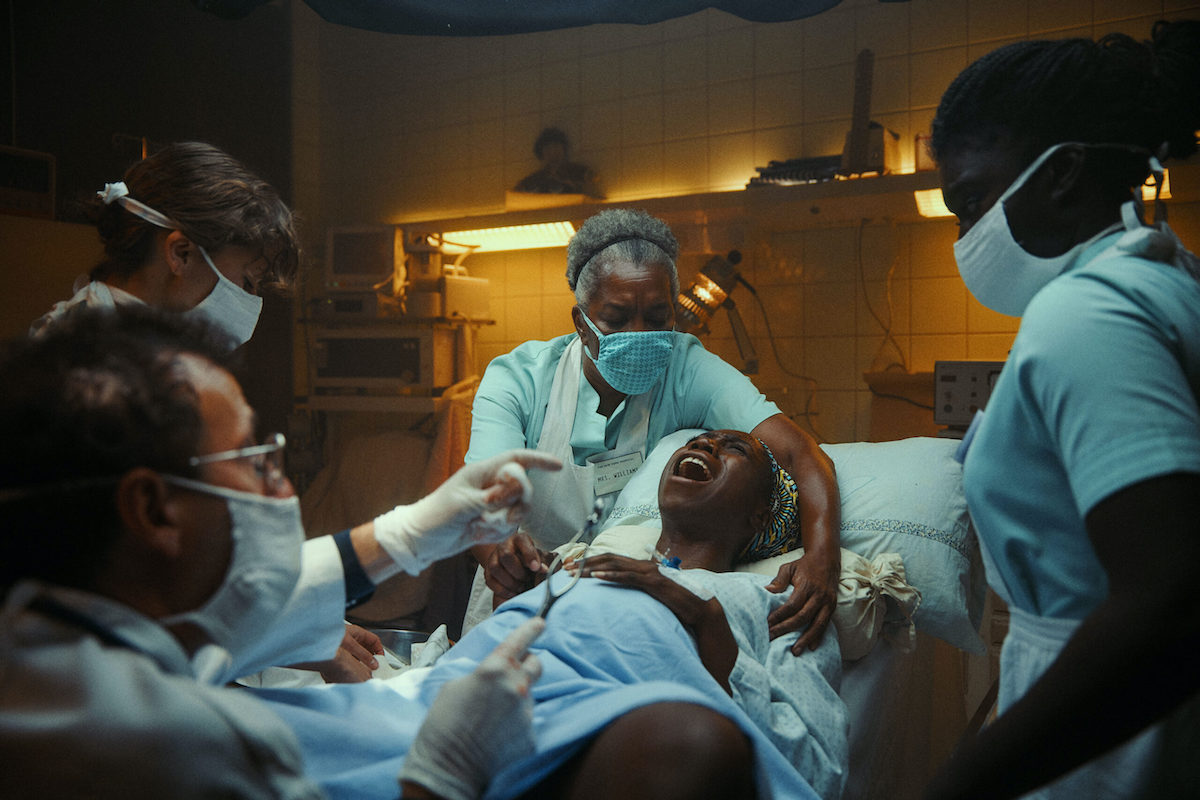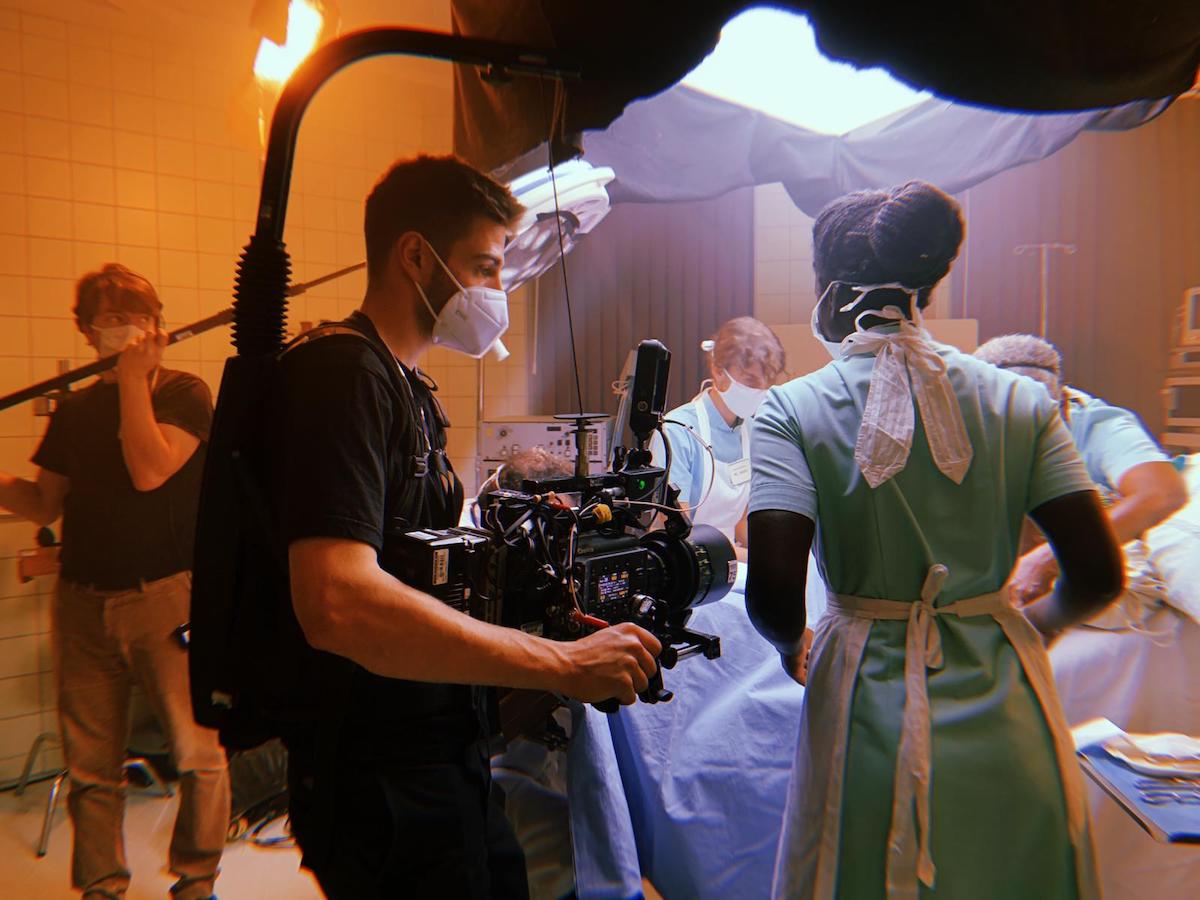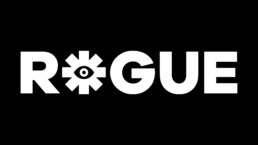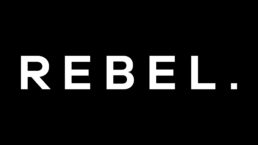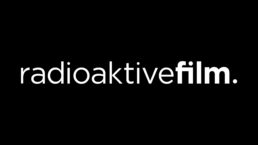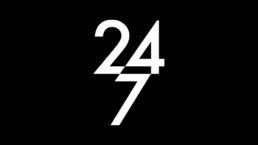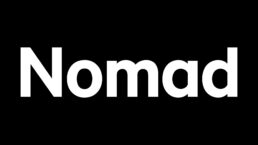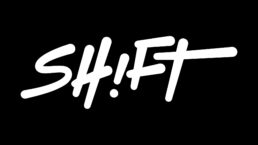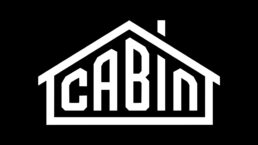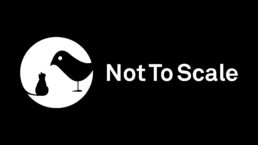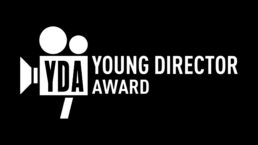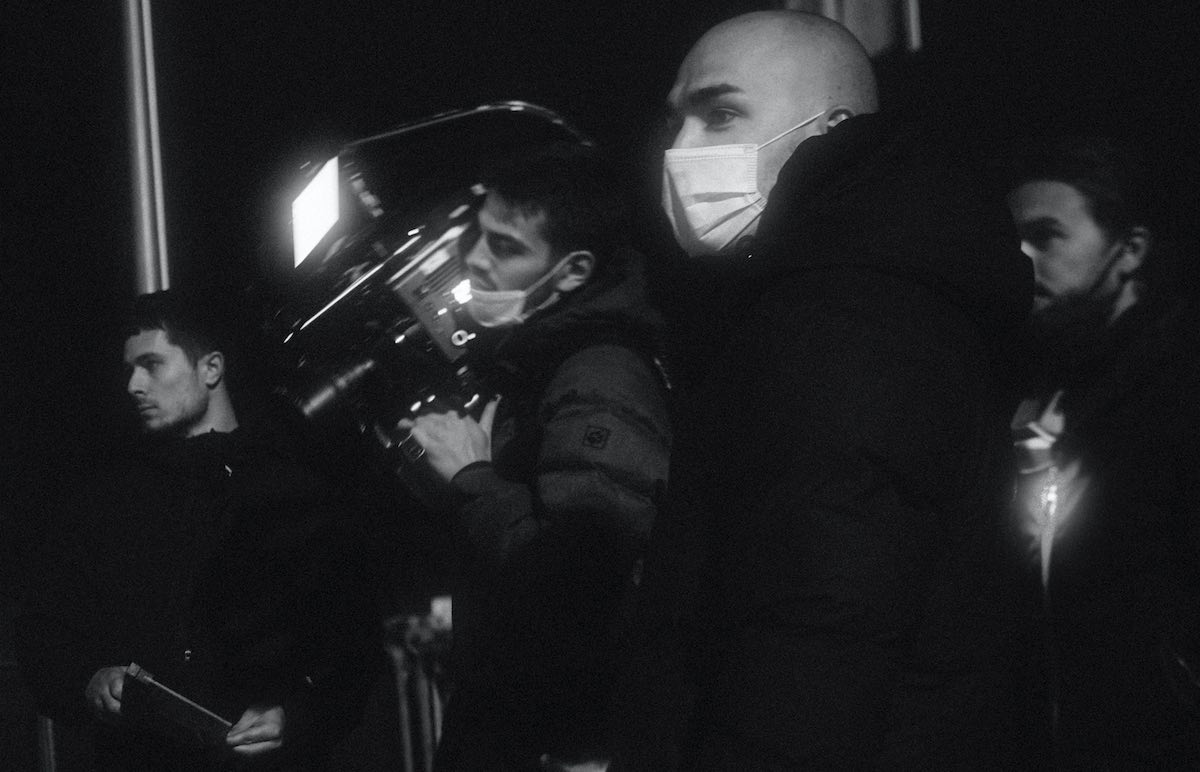
Cinematographer Christopher Behrmann and director Sinan Sevinç
You grew up in Germany and your name suggests you’re of Turkish heritage. Tell us a bit about your upbringing and how much that’s shaped your career, approach and aesthetic. Were you creatively minded as a child?
I grew up in a multicultural household. My mother is German, my father is Kurdish and comes from the eastern part of Turkey. Growing up between two cultures is something I’ve always seen as a great privilege. From a very young age, I had insights into two different worlds: various habits and customs, an international cuisine and – especially cool – twice as many feast days as all the other kids.
There was never a question of belonging for me. I have always felt athome in both cultures. First and foremost, my parents contributed to this. They always let me decide freely and never pushed me in one direction or the other. My whole family also works in the social sector and is very active in volunteering, so at home we like to discuss political and social topics. I think this multicultural sensitivity and cosmopolitanism that I was allowed to experience myself is reflected in my work today.
From a young age, I started making music, writing my own lyrics and later shooting the videos for the tracks. I taught myself all the skills I needed for this during my school years. I’ve always used my free time away from school to pursue creative work that really interested me, which unfortunately wasn’t encouraged at school.
After leaving school, you worked as a copywriter and also studied journalism, before taking up a place at the prestigious Filmakademie Baden-Wurttemberg, where you’re currently in your final year. What motivated you to get into filmmaking and directing?
Journalism has taught me two things: there is neither time nor money for high-quality moving content in the everyday business of journalism. On the one hand, this was difficult for me to accept, as I have always been a fan of great cinematic images. On the other hand, there was the limited influence on the story. In my journalistic projects, I often came to the point where I knew exactly what dramaturgic influence the plot needed in order to make the story more exciting. However, as I believe that journalists should always report objectively and truthfully, this was never an option for me. And so, I was logically driven to film and directing, where I can finally have a direct influence on the plot and tell my own stories.
Though you’re still a student, you’ve already started to build an impressive reel. Your latest spec spot, ‘Dirty Money’ for Apple Pay, follows the fascinating journey/downward spiral of a $10 bill fresh from the ATM. We loved both the concept and the execution – it’s imaginative, pacey, tongue-in-cheek and rich in the kind of detail that demands repeat watching. What sparked the creative idea?
The idea for Dirty Money was born in the middle of the first Corona lockdown. We were faced with the challenge of developing a concept that was feasible – despite the many regulations and measures. At that time, actors weren’t allowed to come closer than 1.5 metres without a mask. At first, we thought of a way to make the actors wear a mask during the shooting without it being visible in the framing. It quickly became clear to us that the film had to take place on a macro level. And while we had to deal with all the restrictions in everyday life, it came to our mind that obviously no one was very concerned about germs and bacteria when exchanging cash. So the idea was born to tell the adventurous journey of a dollar bill and thus to promote a more hygienic payment method.
We’re guessing it was shot on something of a shoestring budget… What were the specific challenges (financial or otherwise) presented by the shoot? Did you always plan to shoot it top-down?
The financial part of a student production is always a big challenge that has to be overcome with creative solutions. However, the biggest challenge with Dirty Money was definitely the transitions to the individual scenarios. We wanted to keep the dynamics at a constant level throughout the film, which is why we decided to connect the vignettes by linking them with exciting transitions. This meant that every shot began with an opening movement of the camera and ended with another, which in turn served as a transition to the next shot. For us, of course, this meant an enormous amount of pre-planning. Together with our Director of Photography, Christopher Behrmann, we pre-shot and edited the entire film on a smartphone, so that we would know exactly which movements we had to shoot in camera later on set.
‘Dirty Money’ is quite a contrast, stylistically, from your short film ‘Born Guilty’, which tells the true story of a young black man who was wrongfully imprisoned for allegedly murdering his own mother. How did you first get involved with The Innocence Project and what compelled you to tell Huwe Burton’s story?
I have many friends from my journalistic days who are still very active in this field. In early 2020, one of them told me about the Innocence Project and their impressive work. After that I took a closer look at their website and came across an interview with Huwe Burton. In the interview, he talks about his long struggle for justice and describes it as a never-ending marathon. This comparison immediately created an image in my mind that just wouldn’t let me go, so I started to further research his story and to work on the concept for the film. At this point, of course, we had no idea that the topic would become even more explosive as a result of the murder of George Floyd.
The film also makes a wider comment on systematic racism, which is particularly powerful in the visual allegory of a baby born with shackles on his wrists. What elements of the finished film were you proudest of?
The baby in chains is definitely the strongest image for me. It visualizes the core of the story and describes the message of the film in just one frame. Already during the creation of the visual it was clear to me that this picture will get under the skin. It takes my breath away every time I watch the ending, even though I’ve seen the movie a thousand times. It creates an uneasy feeling in you that makes you rethink and reflect. I am aware that it may also be upsetting for some viewers, but I am willing to take that risk.
Born Guilty is not a feel-good movie. I want to give the audience something to think about. That’s something I try to include in each of my films. For me, there is nothing worse than a film of mine that does not trigger any emotion in the viewer. I’d rather see someone being upset about my film, than having no reaction at all.
What themes or topics are you keen to explore further in your work, be that commercial or personal projects?
I am currently working on my first diploma film, which should be shot by the beginning of 2022. Similar to Born Guilty, the concept has a very scenic approach, but this time it promotes a commercial brand. We focus on iconic moments in human history and revive them in various vignettes through unseen perspectives – but I don’t want to reveal too much yet!
Apart from that, there are plenty of scripts I’m working on at the same time. One of these stories is related to the history of my father’s origin and deals with a particularly personal subject of mine. I have been planning to dedicate a film to this topic for a long time, but so far I couldn’t find the right framework for it. Let’s see what happens in the future.
What are your ambitions for the future, after graduation next year?
I love short storytelling in commercials, so I will definitely be in advertising for some time to come. However, my major goal is to try my hand at a longer format, whether in the field of serial formats or feature films. In my projects so far, I often see the potential of telling a story in more detail. Unfortunately, there is usually no time for that in the advertising industry. As someone who is often inspired by true events, the combination of scenic and documentary content that is coming together in the field of docufiction is also exciting for me. I really hope that I will get the chance to work on a longer format project in the near future.
Interview by Selena Schleh
Sinan Sevinc website

